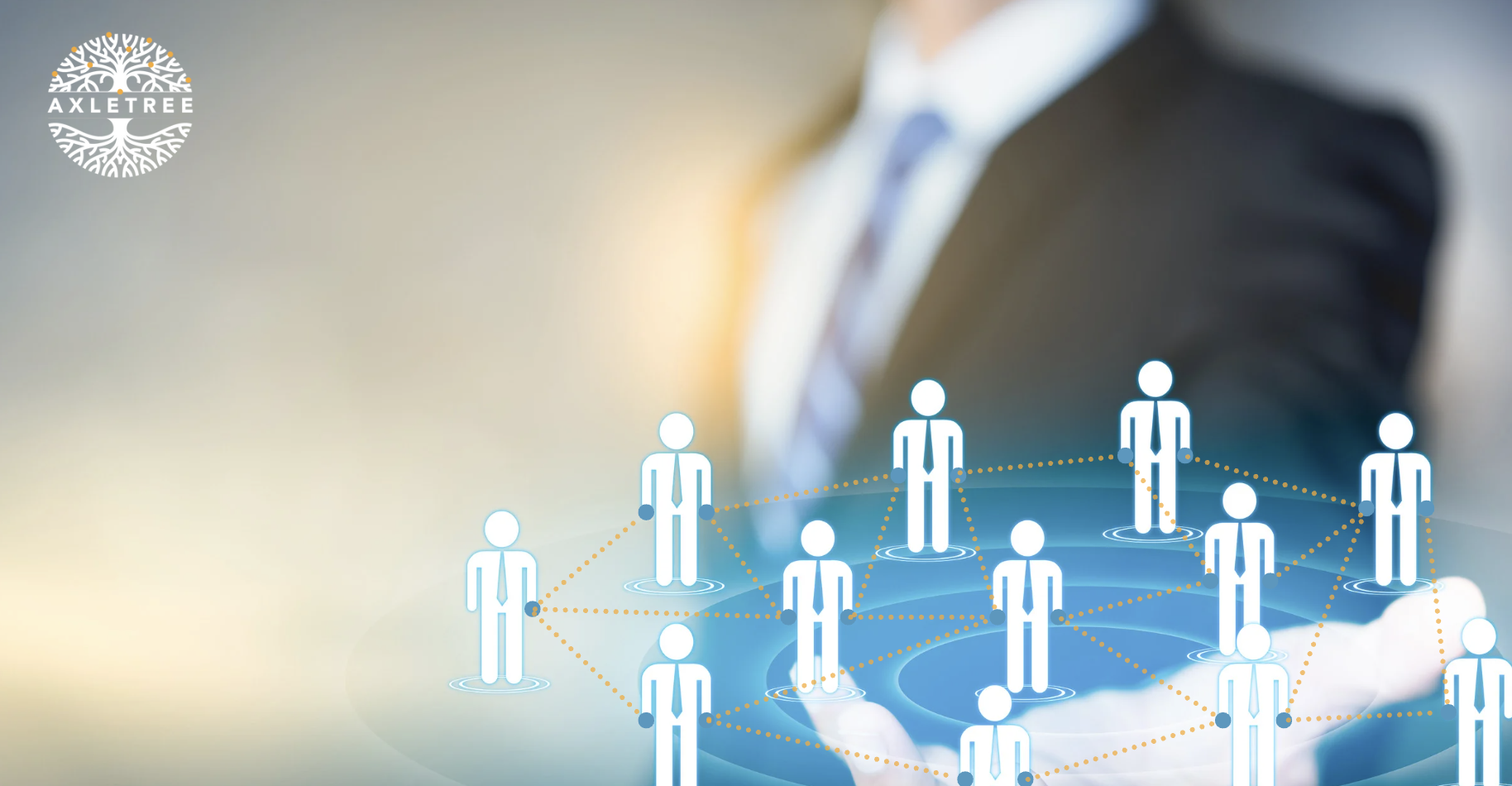Effective and efficient financial messaging is key to your business carrying out successful financial transactions. This is because these transactions rely heavily on all stakeholders staying informed and communicating clearly with each other at each processing stage. And while many universal financial messaging formats have come and gone, none have been able to keep up with the increasing complexity of global financial transactions.
The current ISO messaging format – ISO 15022 – known as SWIFT MT for SWIFT members, does not meet the demands of data-rich messaging in today’s financial world. This has left a huge gap in the industry that ISO 20022 intends to address, so businesses can mitigate issues such as:
- Errors in processing leading to delays.
- Lack of transparency increasing the risk of fraud.
- Lack of standardization of message structures between global counterparties.
ISO 20022 – The Game-changer
As a replacement for the ISO 15022 financial communication standard, ISO 20022 is the international open data standard that is ushering in a new era for financial messaging and communication.
The format is approaching mass adoption across global financial systems and market infrastructures. Having already been adopted in over 70 countries for a variety of use cases such as FX trading, payments processing, securities trading, and more, the ISO 20022 messaging standard is ready to meet the challenges of modern markets and unlock a world of opportunities for both financial and non-financial institutions.
Here are a few ways your business will benefit from ISO 20022:
- Process complex transactions with increased precision.
- Share richer data with global counterparties more easily.
- Gain greater transparency and drilldown into your message data.
- Understand messages more easily with a user-friendly format.
- Mitigate fraud through greater detail and clarity of messages.
These are just the tip of the iceberg. ISO 20022 will also drastically improve your compliance with AML regulations, bolster fraud prevention, and pave the way for higher rates of STP.
Who is migrating to ISO 20022?
While ISO 20022 has been adopted by many RTGS clearing systems for a few years now, the current migration is being led by SWIFT, in their transition from MT to MX messaging. Regulators, payment service operators (PSOs), and payment service providers (PSPs), and FinTech solutions providers are all in support of encouraging ISO 20022 adoption worldwide.
Businesses that want to stay ahead of their competition and capitalize on the benefits of ISO 20022 need to make the switch now. The migration process can be quite complex and to effectively convert to ISO 20022, your business should be strategic in its approach.
Start by getting ready to make the switch, including:
- Analyzing existing transaction traffic and identifying the type of messages that typically flow in and out of your system.
- Determining the type of support your system provider can offer if your core system is externally managed.
- Evaluating your internal capacity to handle the migration.
- Understanding and anticipating migration costs according to the core system you have in place, because changing and updating systems can be cost-intensive.
Taking these preliminary steps will allow your business to enter the migration phase with a complete understanding of what to expect and how much it will cost to successfully complete the migration.
What are the options for migration?
You now know what ISO 20022 is, what it can do for your business, and why it’s necessary for you to act quickly and migrate. But now you’re wondering what making the switch to ISO 20022 looks like.
Well, it looks different for each business. This depends on several factors, such as who controls and manages your office core systems, whether or not you have the required expertise, whether you can spare the required time to update the systems, and whether you have the resources to regularly maintain and support the systems.
Here are 3 ways you can approach the switch for your business:
- Migrating to ISO 20022 internally is an option you should consider if your core transaction processing system/ERP is managed internally as well. You should keep the following in mind if considering handling the migration internally:
- Opting for internal migration will require significant resources.
- You will need to train your team to sift through ISO 20022 messaging formats for a multitude of transaction types, select the ones relevant for your business, and embed them in your existing core systems.
- If your back-end systems are not ISO 20022 compatible, you will have to replace them, which will come at a significant cost to your business.
Making the switch internally is a good idea if you want to avoid dealing with external parties, and if you have the time and expertise required to complete the project. However, you run the risk of integration incompatibilities that could jeopardize your ability to transact with payment channels on ISO 20022, and you will need to use internal resources to resolve any issues that arise and to maintain your systems.
-
- If your core system is managed by an external ERP/core system provider, you will need to check whether they provide the required support, and if so, understand the associated costs involved to complete the migration to ISO 20022 while ensuring proper compliance.
- Your third option is to deploy Symmetree, our enterprise integration solution. If you want to avoid the hassle of managing your transition to ISO 20022 and ensure that your switch to the new framework is compliant, complete, and up to industry standards, this could be your best option.
Symmetree is our secure any-to-any format translation and integration solution for all payment and financial connectivity systems.
So, by deploying it within your existing back-office system, you can effectively convert all of your messaging into and out of the ISO 20022 format with minimal changes to your internal systems. It’s trusted by some of the biggest global banks and businesses because it ensures:
- Effortless integration with back-office applications
- Effective processing of payment instructions, confirmations and statements
- Efficient communication with all your business counterparties
- Automated communication processes
- Expertly managed payment connections, formats, and rails
- Accelerated time-to-market
- End-to-end visibility into all your integrated systems
Making the switch to ISO 20022 won’t get any easier than this!
How long will it take to complete?
Once you choose an option and are ready to begin your migration journey, it will take your business anywhere between six to twelve months to complete it, depending on time, resources and expertise. It will look something like this:
- You or your systems provider will first have to check the compatibility of your back-office system with ISO 20022. This can easily take a few months depending on how many counterparties you have, the transaction volume you have to deal with, etc.
- You will then have to determine the type of financial transaction messages that flow between your systems. This will take additional time (especially if you first have to bring on people with the relevant expertise and/or replace your current systems).
- You will then tie up the migration process by testing your new system and smoothing out any incompatibilities.
If you’d prefer a shorter timeline, then Symmetree is your best bet. We have the know-how, the expertise and the experience to get the job done right with a quick go-to market, with minimal disruptions and a primary objective of customer peace of mind.
Remember, ISO 15022 and SWIFT MT are still the global standards for financial messaging but that will change in November 2025, which is the official deadline for organizations using SWIFT MT messages in categories 1, 2, and 9 to migrate to ISO 20022. That means that by then, most global banks, financial systems, and market infrastructures will have completed their migration to ISO 20022.
July 28, 2021




